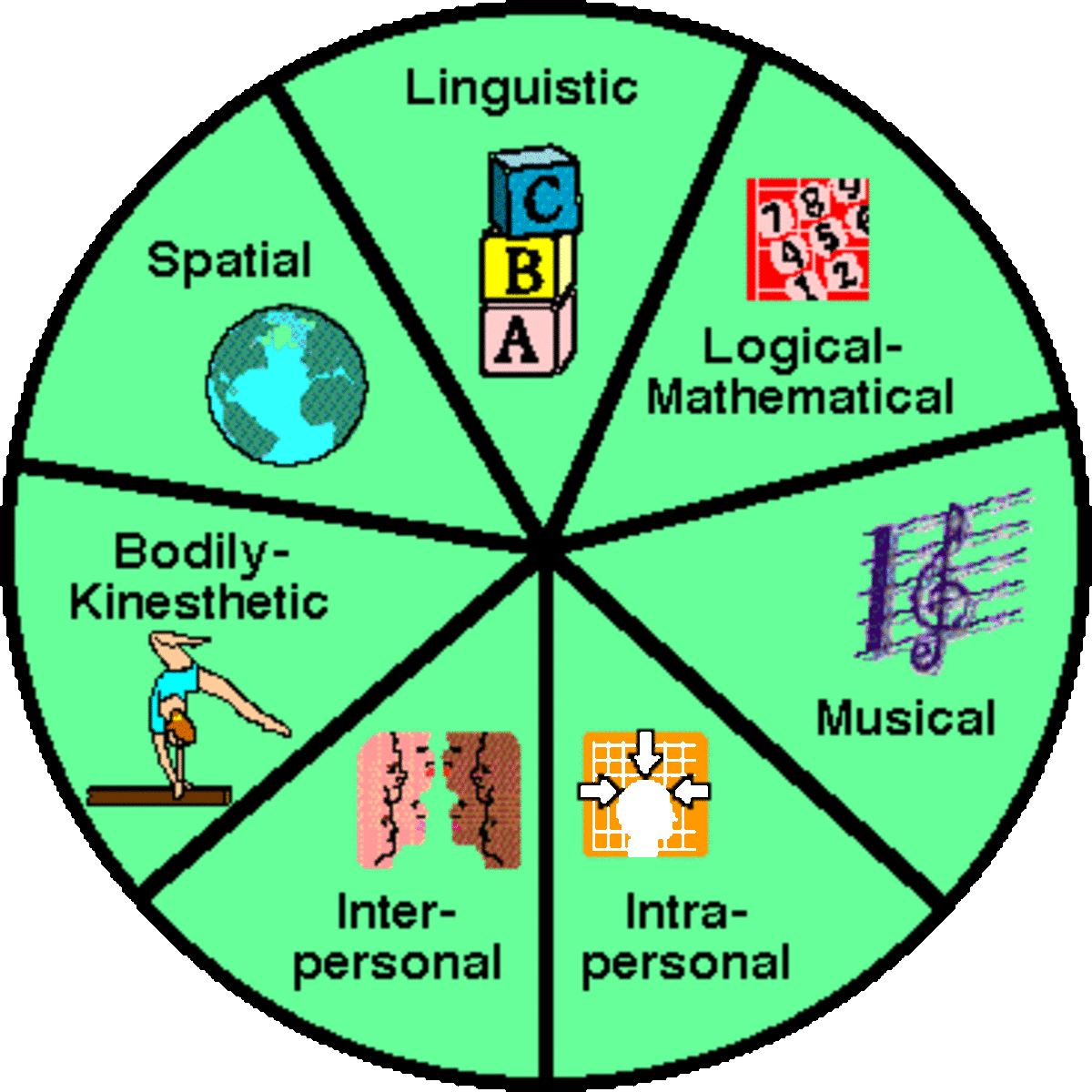The Process of Communication
Communication is a process, not an event, and boasts enough definitions to fill the Wembley Stadium. I like two of them.
1. Communication is the transfer of meaning.
2. Communication is the sending and receiving of messages.
The first is complete in itself and suits an academic audience. The second has the potential to be complete if you make several assumptions. Such as a that a message is only considered received if meaning is transferred, which brings us back to the first succinct statement.
Rudolph Verderber & Kathleen Verderber (Belmont: Thomson Wadsworth, 2005) in the text ‘Communicate’ look at six elements of communication which helps us to understand the subject.
1. Participants
We take turns assuming the roles of senders and receivers during a communication interaction. We formulate and transmit messages with verbal symbols and non verbal behaviours. As receivers we process these messages and behaviours.
The way I see it, we are constantly sending and receiving messages, some of them involuntarily. Online, the technology has the potential to be non linear yet most of the time it confines us to linear participation yet it allows us to check the past easier, and to reference readily online material to help with sending and receiving messages.
2. Contexts
Contexts are the physical, social, historical, psychological, and cultural settings of communication. A good communicator studies and manages the context in order to achieve successful transfer of meaning. You can change the power relationship as well the intimacy of a room by simple seating arrangement. The boardroom rectangle with the CEO at the head is a far cry from the intimate tête-à-tête with your date last night at your favourite place.
Understanding psychological context, the moods and feeling of the participants, will help to defuse tensions before they occur. Men get it so wrong so many times. I take the fifth amendment on that one! Pleasing a woman is a study in mood sensitivity and management.
The cultural context covers beliefs, values, attitudes, meanings, social classes, spiritual beliefs, and other variables that define a people. In immigrant societies as well as over the web we can improve our communication success as we recognise the diversity in the cultural context of our audience.
3. Messages
Messages are verbal and non verbal content of the communication. When we say communication is the transfer of meaning we need to break that down in terms of messages.
According to Verderber (p.6):
“Meaning is the combination of ideas and feelings that exist in a sender’s mind. You may have ideas how the study group should prepare for your next exam, or whether taxes should be raised or lowered; you also may experience feelings such as jealousy, anger, and love. The meanings you have within you, however, are not transferred magically into another’s mind. To share your meanings, they must be transformed into messages.”
We form these messages with verbal and non verbal symbols which represent specific content meanings. The sender encodes feelings and ideas into these symbols, and decoding takes place when the receiver transforms messages back into ideas an feelings. Now you know why music is so helpful to suggest the mood of a scene. It helps with the encoding of the experience.
Complex messages need to be structured for understanding and retention.
4. Channels
A channel is not just the watery passage between Dover and Calais. It is also the sensory route used to transmit messages. Face-to-face communication uses two; sound and sight. We can use all five senses. Why do you think Kentucky Friend Chicken pulls you in with all that Southern fried? Mind you nowadays I’m more the jerk fish guy. Little Ochie on the Jamaican south coast. They do the best in the island. They are always playing music, and for good measure the Caribbean Sea is part of the backdrop. Talk about multiple channels.
5. Noise
I will try to keep this one simple and say noise is anything that interferes with communication. External noises are stimuli in the environment such as horns that interfere with the transfer of meaning. Internal noise explains slightly half-cocked people like me whose self talk will take us in the land of daydream n the middle of someone’s speech.
Semantic noise is a little more difficult to understand. This is where the use of certain symbols and behaviours will convey unintended meanings which distract you from the message being sent. For example someone may use a trip to Niagara Falls to illustrate a natural feature in a geography class, but because the person said they went on their honeymoon you spend the rest of the class thinning about the possible honeymoon scenes!!!Profanity and ethnic slurs will have a high probability to creating semantic noise as well.
6. Feedback
As the word ought to suggest to you, feedback is the response of the receiver to the message. The quizzical look or the puzzled frown may well say to the sender that the message was not sent and the sender will the try to rephrase and send again. But applause, smile, and affirmative nod usually means that the audience is following and understanding.








